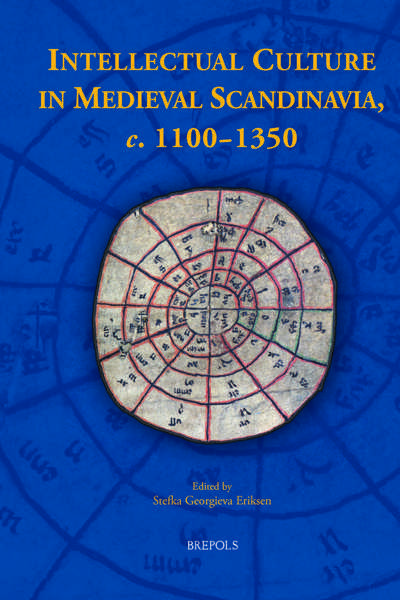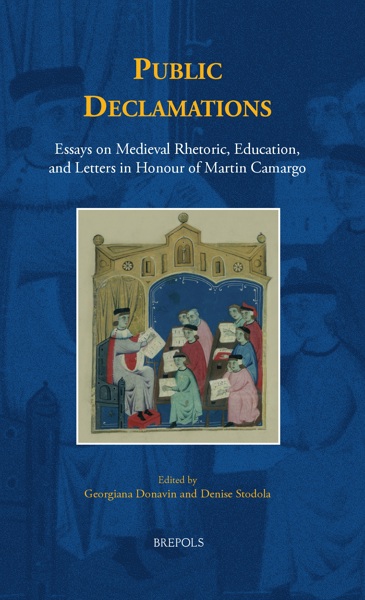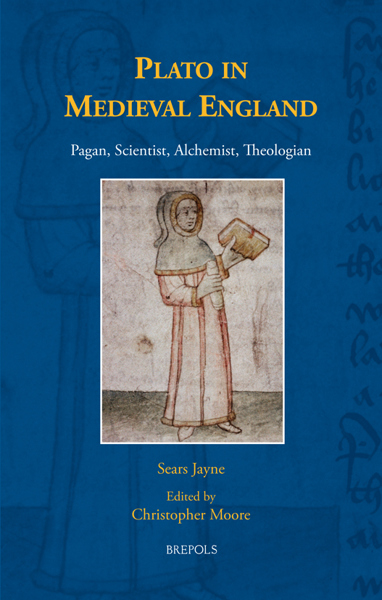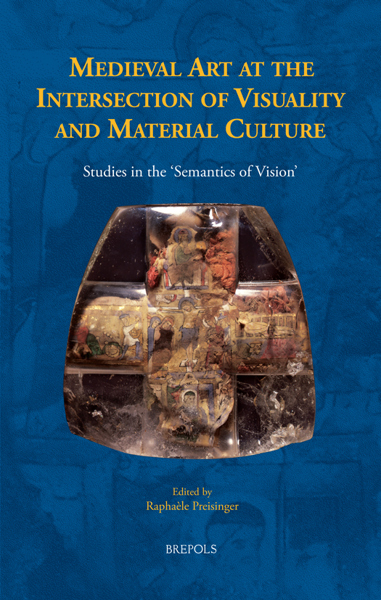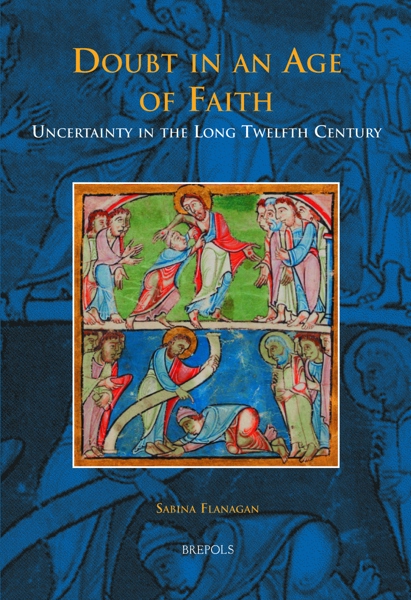
Intellectual Culture in Medieval Scandinavia, c. 1100–1350
Stefka Georgieva Eriksen (ed)
- Pages: 442 p.
- Size:156 x 234 mm
- Illustrations:26 b/w
- Language(s):English
- Publication Year:2016
- € 130,00 EXCL. VAT RETAIL PRICE
- ISBN: 978-2-503-55307-8
- Hardback
- Available
- € 130,00 EXCL. VAT RETAIL PRICE
- ISBN: 978-2-503-55422-8
- E-book
- Available
Dynamics of thinking, creativity, and translatability of intellectual impulses from Europe to multimodal and multilingual medieval Scandinavia.
“This volume collects a number of articles of very high quality.” (Lars Boje Mortensen, in Sehepunkte, 17/6, 2017)
“Each contribution to this volume is valuable in its own right and (…) there is much here of interest. Intellectual Culture in Medieval Scandinavia is a welcome resource for anyone interested in intercultural exchange and the history of ideas as it pertains to medieval north-western Europe.” (Matthew Firth, in Parergon, 35/1, 2018, p. 166)
This book investigates the nature of intellectual activity in the Middle Ages from the perspective of medieval Scandinavia by discussing how a multimodal and multilingual Scandinavian culture emerged through the dynamic interchange of foreign and local impulses in the minds of creative intellectuals. By deploying cognitive theory, this volume conceptualizes intellectual culture as the result of the individual’s cognition, which incorporates physical perceptions of the world, memory and creation, rationality, emotionality and spirituality, and decision making. In doing so, it elucidates the diversity of social roles that could be assumed by people engaged in the activity of thinking. Attention is paid in particular to the key intellectual activities of negotiating secular and religious authority and identity; to thinking and learning through verbal and visual means; and to ruminating on worldly existence and heavenly salvation. These processes are explored in a series of essays that focus on various visual and textual artefacts, among them Church art and sculptures, manuscript fragments, and texts of both different languages (Latin and Old Norse) and genres (sagas, poetry and grammatical treatises, laws, liturgical explanations and theological texts). The variety of intellectual and ideational processes connected to the textual and material culture of medieval Scandinavia forms the focal point of this study. As a result, this book actively seeks to transcend the traditional cultural dichotomies of written versus oral material, Latin versus vernacular, lay versus secular, or European versus Nordic by foregrounding the cognitive and creative agency of intellectuals in medieval Scandinavia.
Introduction: Intellectual Culture and Medieval Scandinavia — STEFKA G. ERIKSEN
Old Norse Intellectual Culture: Appropriation and Innovation — GUNNAR HARÐARSON
Negotiating Identity
Intellectual Culture in Medieval Paris: Academic Discourse, Marriage, and Money — IAN P. WEI
A Deliberate Style: The Patronage of Early Romanesque Architecture in Norway — KJARTAN HAUGLID
Situated Knowledge: Shaping Intellectual Identities in Iceland, c. 1180–1220 — BJØRN BANDLIEN
Canon Law and Politics in Grímr Hólmsteinsson’s Jóns saga baptista II — KRISTOFFER VADUM
Thinking in Figures
Grammar, Rhetoric, and Figurative Language: Learned Innovations and Vernacular Receptions — RITA COPELAND
Traces of Latin Education in the Old Norse World — ÅSLAUG OMMUNDSEN
Applied Grammatica: Conjuring up the Native Poetae — MIKAEL MALES
Two Cultures of Visual(ized) Cognition — MATS MALM
Worldly Existence and Heavenly Salvation
Messuskýringar — Old Norse Expositions of the Latin Mass and the Ritual Participation of the People — SIGURD HAREIDE
Cultivating Virtues on Scandinavian Soil: The Rise of a Christian Humanism and Ecclesiastical Art in Twelfth-Century Denmark — KRISTIN B. AAVITSLAND
Body and Soul in Old Norse Culture — STEFKA G. ERIKSEN
